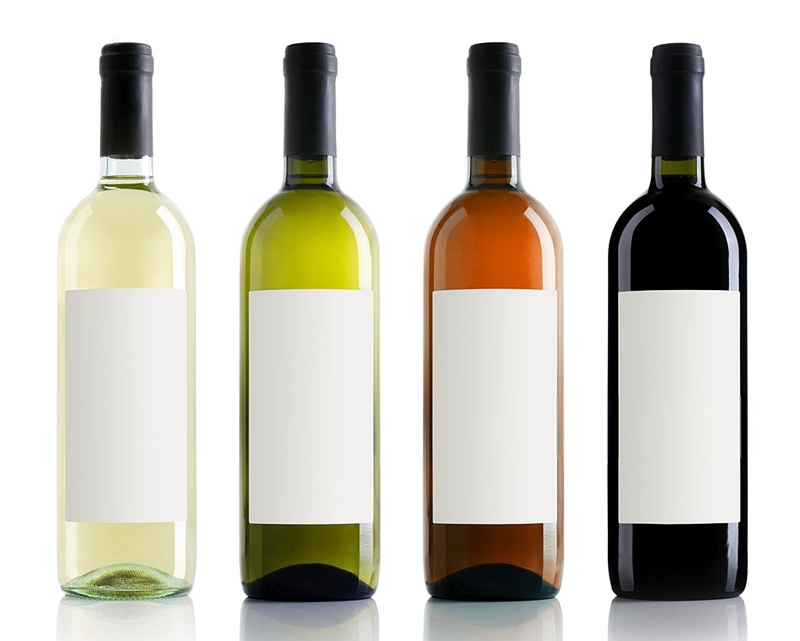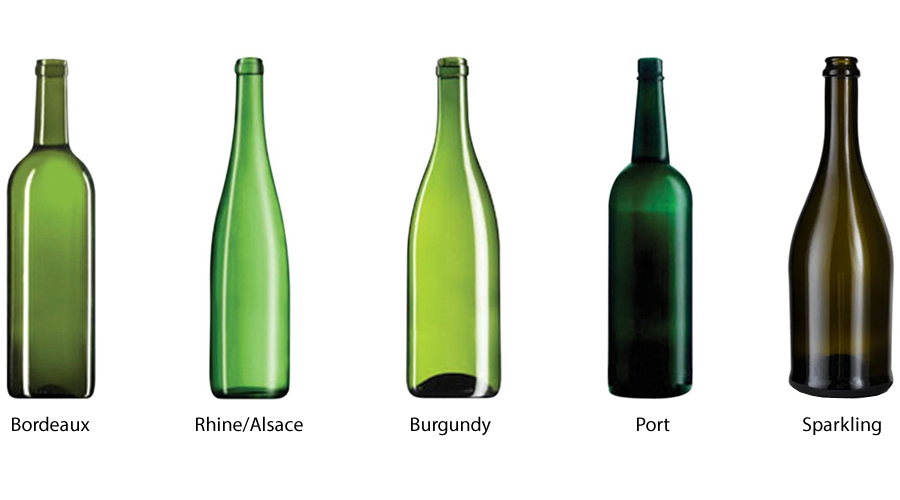The art and science behind wine bottle colors and shapes
The intriguing interplay of colors, shapes, and origins in wine bottle design

The wine bottle is not just a vessel; it's a protector, a marker of origin, and often a statement in aesthetics. Many enthusiasts understand the nuances of the grape, terroir, and winemaking techniques. However, there's another dimension that is equally fascinating and often overlooked: the design of the wine bottle itself. The color and shape of a wine bottle do more than just look pretty on a shelf – they play a crucial role in the wine's journey from the vineyard to the table.
The Historical Hue
Contrary to common belief, the origins of colored wine bottles are not rooted in an intentional effort to shield wine from light. Instead, it was born out of a necessity, stemming from an age where impurity removal from glass was not understood or practiced. This lack of filtration rendered the bottles with an amber or murky shade.
However, what began as an unintended consequence quickly emerged as an unexpected boon for wine preservation. Wine, an ever-evolving entity within its container, is highly sensitive to ultraviolet radiation. This light can stimulate unwarranted chemical reactions, altering the wine's flavor and character. As time went on, it became apparent that the amber hue in bottles inadvertently offered better protection against such harmful rays, safeguarding the wine's integrity.
Modern Glass and Marketing

With advancements in technology, modern-day glass manufacturing can filter out impurities, offering a wide array of colors to suit aesthetic preferences and marketing goals. The green hue, synonymous with many wine bottles, interestingly remains the most economical choice due to the presence of ferrous oxide impurities. Purifying the glass further or refining its manufacturing incurs additional costs.
From amber to green, transparent to blue, and even near-black shades, the choice of glass color reflects the marketing aspirations of the winery. Some wineries prefer opaque bottles, keeping the contents a mystery, while others opt for transparent ones, evoking a sense of freshness and immediacy.
While the color plays a significant role, it's crucial to note that bottle color choices can also be influenced by economic reasons, and not solely for protection against light.
A Bottle's Form and Function

The shape of a wine bottle, like its color, serves multiple purposes. Apart from hinting at its origins and the beverage type it holds, traditional designs prioritize the wine's evolution. Wine matures best in the absence of sharp edges or corners in the bottle, a detail that has been preserved in many bottle designs throughout history.
As we delve deeper into the world of wine bottles, certain shapes stand out, revealing tales of regions and traditions:
- Burgundy: This design, bearing its name from the Burgundy region in France, is among the oldest known. It showcases drooping shoulders with a broad structure, primarily housing red wines.
- Bordeaux: A ubiquitous sight in the wine realm, this bottle, named after Bordeaux, France, features pronounced shoulders and a concave base. It is versatile, available in various colors and catering to both reds and whites.
- Rhine/Alsace: Originating in Germany, this slender, shoulder-less bottle is used mainly for specific white and rosé wines. The amber-colored glass is its most distinctive feature.
- Port: A fusion of Portuguese and Spanish traditions, this bottle is preferred for luscious, sweet wines from regions like Porto, Madeira, Jerez, and Andalucía. With a pronounced neck and an almost black tint, it's distinct and easily recognizable.
- Sparkling: Designed for sparkling wines such as Champagne, Prosecco, or Cava, these bottles have low shoulders, thick walls, and an indented base. This unique structure helps withstand the internal pressure generated by these effervescent wines.
The world of wine bottles is as intricate and fascinating as the beverage they protect. Each hue and form carries a legacy, ensuring the wine inside remains as the vintner intended, while also weaving a rich tapestry of history, art, and science. As you sip your next glass, remember, there's more to that bottle than meets the eye.
Founded in 2007, Vinetur® is a registered trademark of VGSC S.L. with a long history in the wine industry.
VGSC, S.L. with VAT number B70255591 is a spanish company legally registered in the Commercial Register of the city of Santiago de Compostela, with registration number: Bulletin 181, Reference 356049 in Volume 13, Page 107, Section 6, Sheet 45028, Entry 2.
Email: [email protected]
Headquarters and offices located in Vilagarcia de Arousa, Spain.